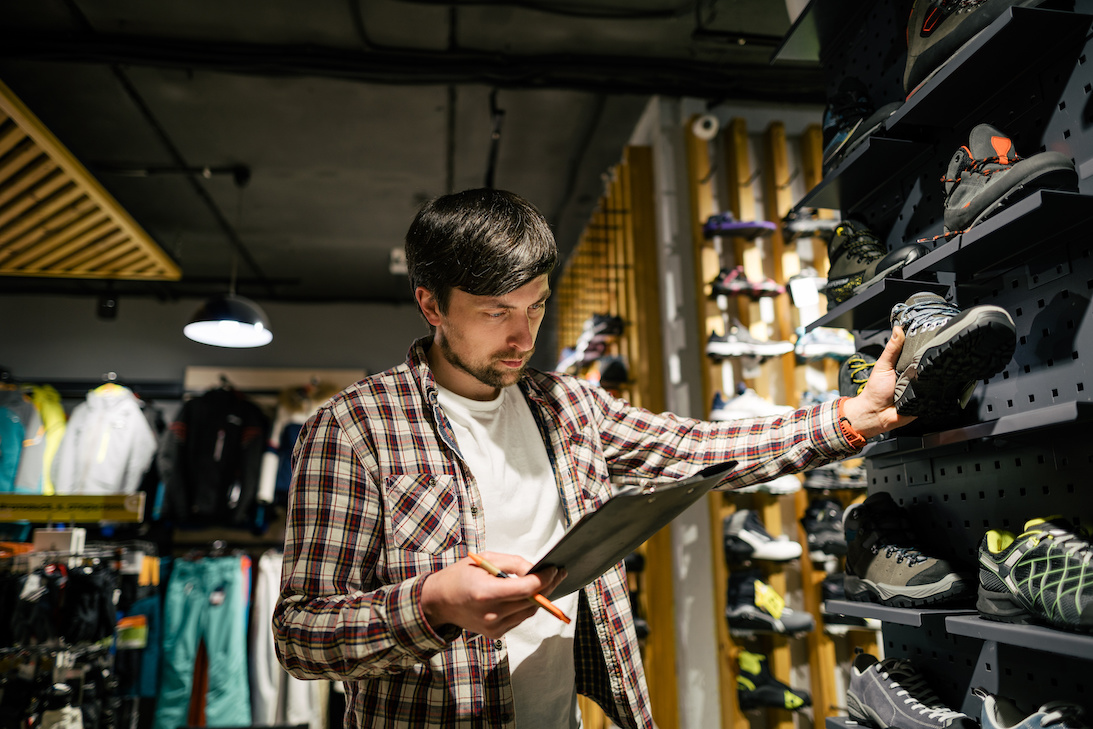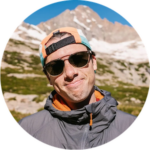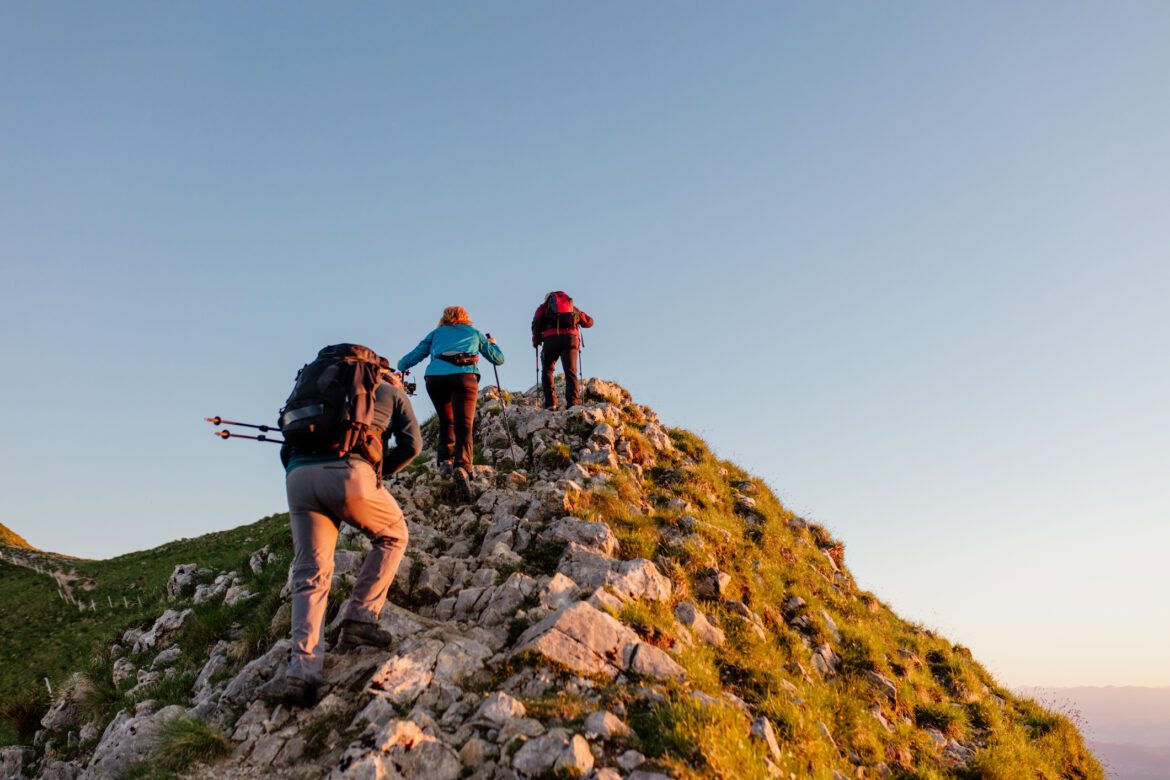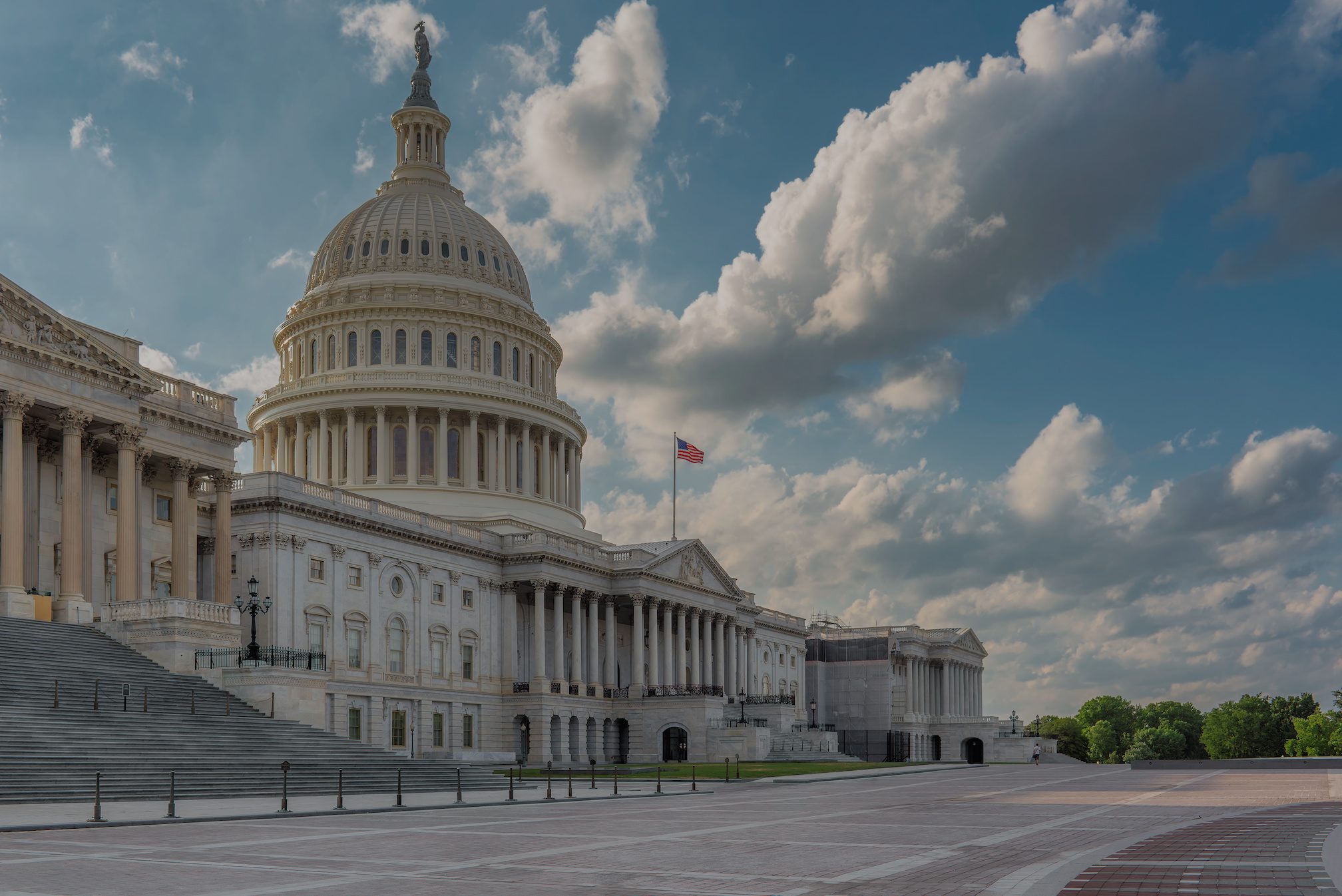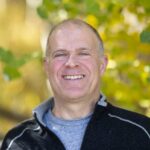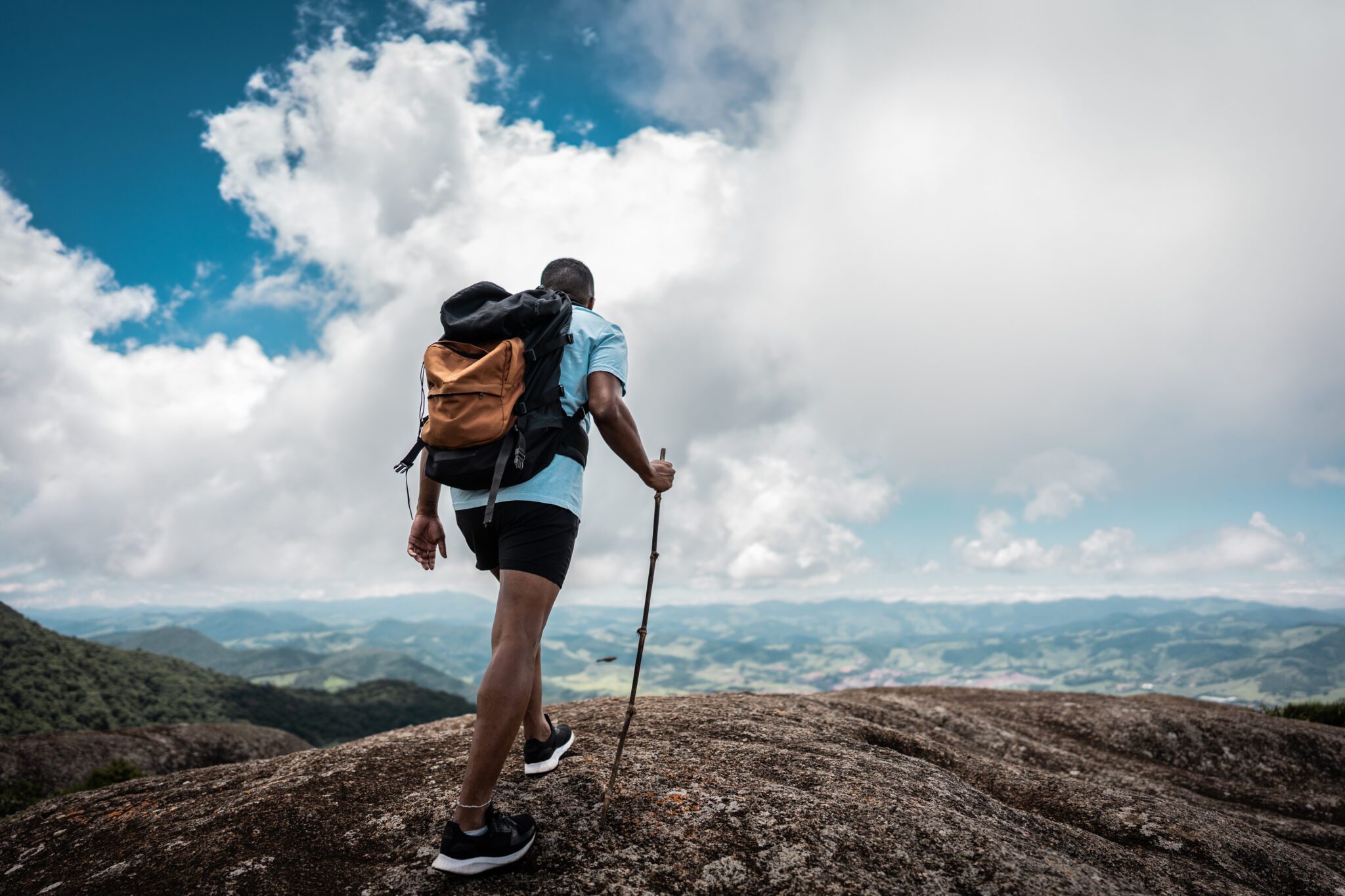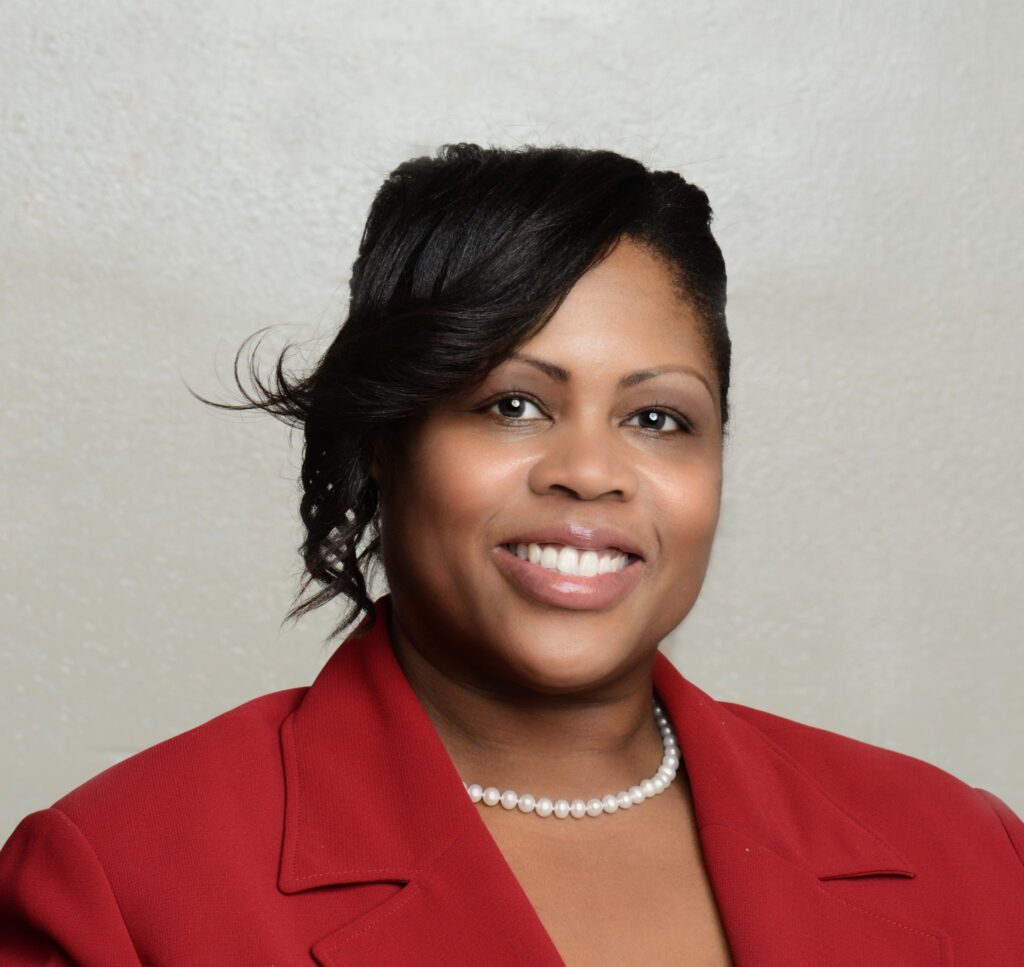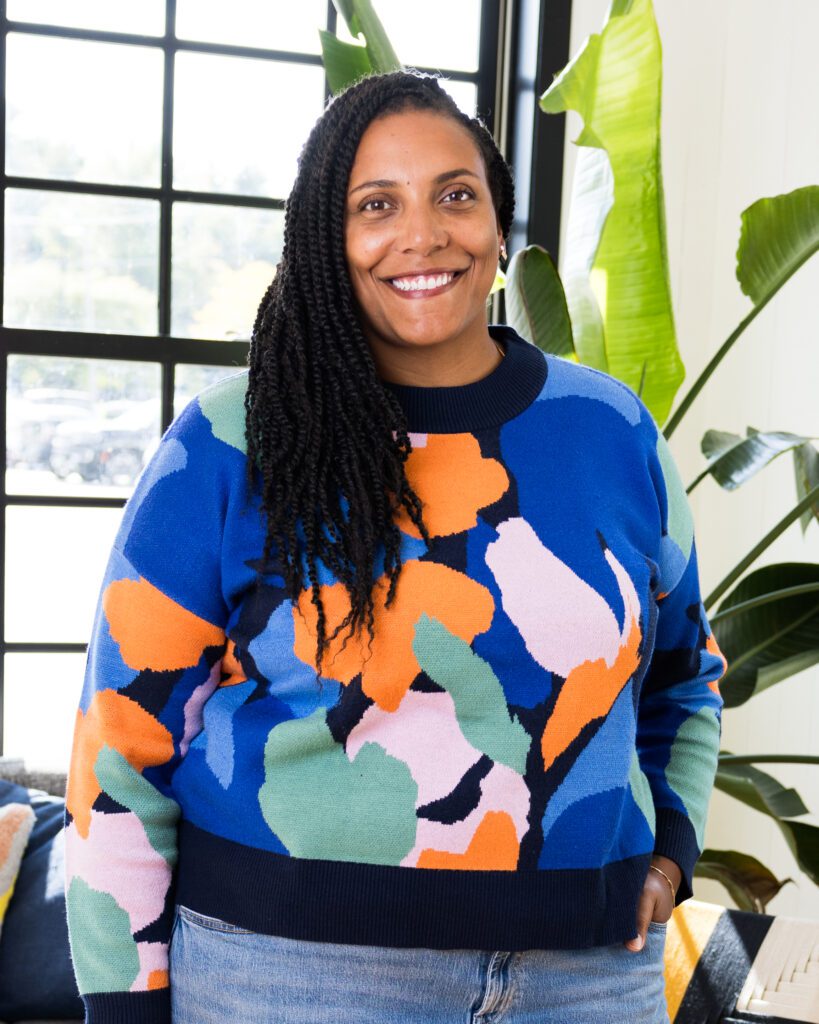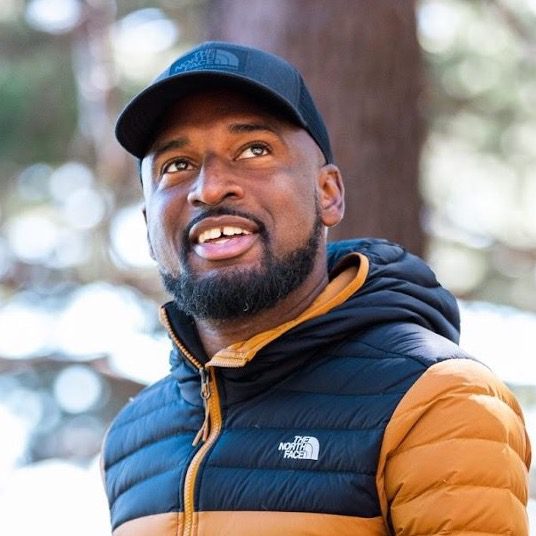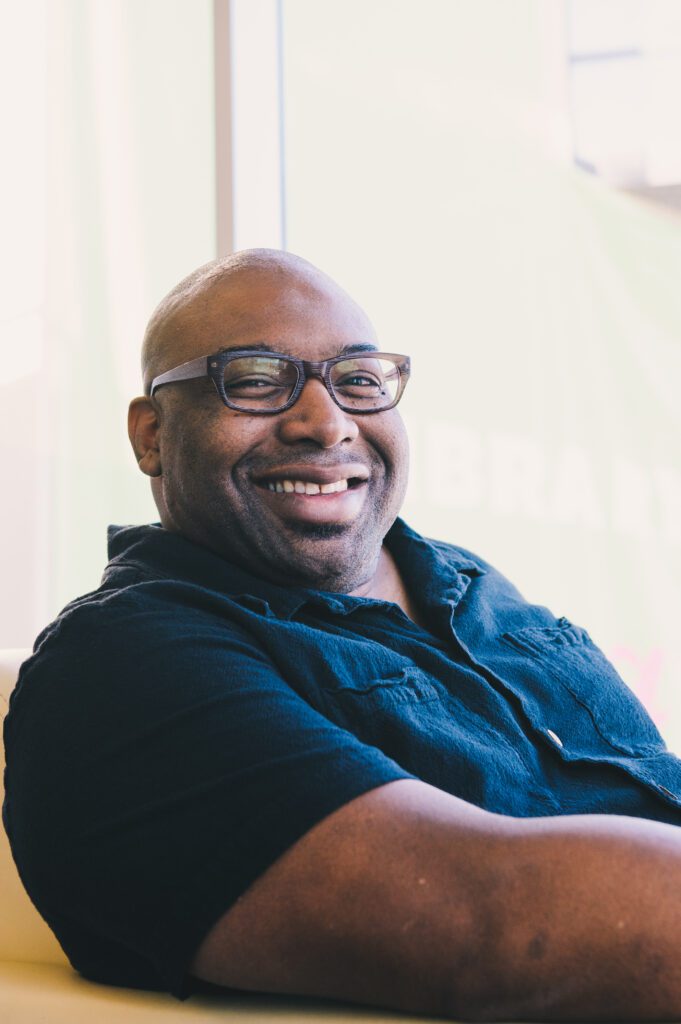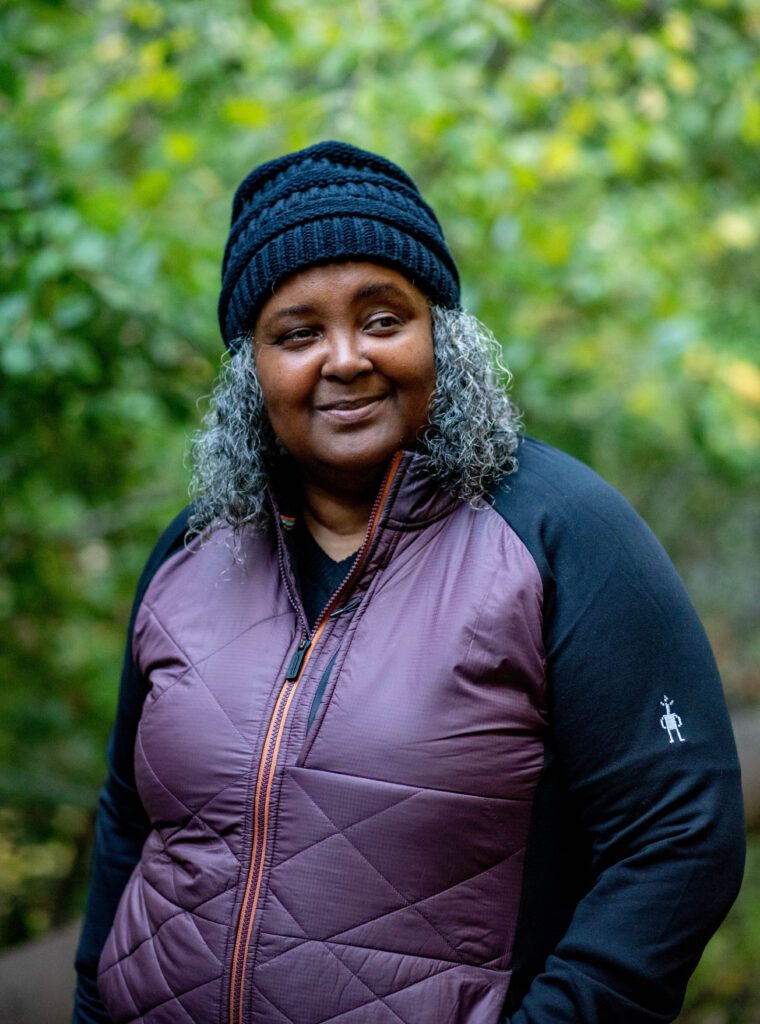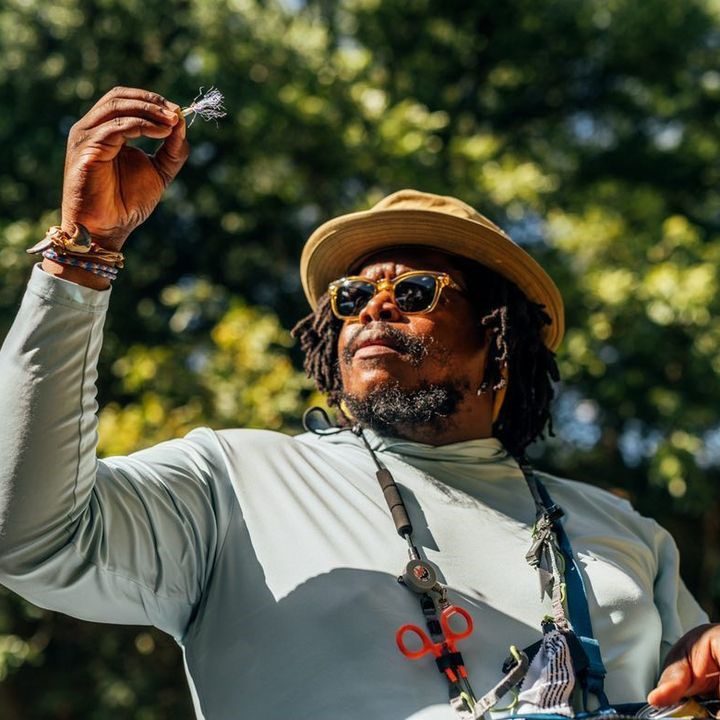May 8, 2025
Last week, more than 80 outdoor industry business leaders joined forces in Washington, D.C. for our annual OIA Capitol Summit. This convening has always been an opportunity for outdoor business leaders to unite, share their stories with Congress, and advocate for the $1.2 trillion outdoor recreation economy and its 181 million participants.
But this year was different.
This year, Capitol Summit came at a time of intensifying pressure for our industry—and many industries—as we face the headwinds of a rapidly changing policy environment.
The lingering threat of President Trump’s reciprocal tariff policy, purported to go into effect on July 9, poses an existential crisis for the outdoor industry. The impacts are pervasive—not only are small- and medium-sized businesses wondering if they will make it through the next year (or even the next few months) due to lack of clarity, halted inventory planning, and irreplaceable relationships with technical manufacturers overseas, but consumers will bare the burden of higher price tags, too.
Equally as urgent, our public lands—the very backbone of our industry and of the American experience—are under threat of being sold off to fund President Trump’s domestic policy agenda. The administration has already made drastic workforce cuts to the Department of the Interior (DOI), US Forest Service (USFS), and National Park Service (NPS). As the summer season swiftly approaches, the potential of trail closures and campground shutdowns remains unclear.
These issues are decisive for our industry and come on top of a whole host of policy priorities that OIA already pushes on a regular basis, including Generalized System of Preferences (GSP) renewal, Miscellaneous Tariff Bill (MTB) review, and Legacy Restoration Fund reauthorization.
If ever there was a mission-critical moment for the outdoor industry to show up on The Hill, this was it. And that we did.
Our members came out in full force to deliver a clear message:
Congress must act to protect outdoor businesses from the existential threat of new tariffs and safeguard the public lands that power our economy and American way of life.
Small outdoor business founders, outdoor retail store owners, and long-time outdoor industry stalwarts shared their lived experiences with representatives on both sides of the aisle and advocated for common ground solutions that foster innovation and fuel the economy.
Last week, we made an impact. But there’s still work to do.
Read on for a recap of our Education and Lobby days, and to learn more about how you can join forces with OIA and outdoor business leaders to safeguard our industry.
Education Day: Equipping Business Leaders with Stats for Success
On Day 1 of Capitol Summit, the industry convened for a full day of education sessions on top priority policies to address on The Hill. Attendees heard from political representatives including Senator Michael Bennet (D-CO) and Representative Adrian Smith (R-NE), as well as outdoor industry policy experts and business leaders on the state of key trade and recreation policies, including:
- Reciprocal tariffs
- GSP renewal
- MTB review
- Legacy Restoration Fund reauthorization
- Federal workforce cuts
- Public lands protection
- Outdoor recreation economic output
- Outdoor recreation participation demographics
Learn more about these policies and advocacy opportunities here.
Lobby Day: Raising Our Outside Voices on The Hill
Equipped with outdoor economy data and policy briefs, OIA members trekked to The Hill to share their stories.
Members met directly with key political stakeholders on both sides of the aisle, including Senator Ron Wyden (D-OR), Congresswoman Maxine Dexter (D-OR-3), Congresswoman Chellie Pingree (D-ME-1), Congressman Gabe Vasquez (D-NM-2), Senator Martin Heinrich (D-NM), Senator Maria Cantwell (D-WA), Congressman Joe Neguse (D-CO-2), Congressman Blake Moore (R-UT-1), Senator John Hickenlooper (D-CO), Congresswoman Julia Brownley (D-CA-26), Senator Tim Sheehy (R-MT), and Senator Jeff Merkley (D-OR). Members shared personal stories about the real-world implications of these policies—business owners’ livelihoods are on the line due to tariff increases, gateway communities are struggling to sustain themselves with park service staffing cuts, outdoor recreationists question whether their favorite trails and parks will be open this summer, and consumers face the likelihood of even greater price hikes and inflation as the economy becomes increasingly unstable.
Rappelling Off The Summit: Industry Reflections
At the end of our day on The Hill, we looked to the future and asked the question, “What now?” Our members say it best:
“What can you do? Speak up. Share your story. Call your reps. Lead with facts, but speak from the heart. The door is cracking open—we need to push. We need to keep raising our voices now more than ever.” — Cassie Abel, Founder and CEO at Wild Rye (Read more here)
“Simply put, tell your story. If your business is threatened by these policies, if you have stopped hiring or started firing, are cutting back on investment and innovation and becoming less competitive globally, tell these stories to your elected representatives…Your story can make a difference.” — Damien Huang, OIA Board Member and Outdoor Industry Leader (Read more here)
“Our business advocacy didn’t end yesterday, and it certainly won’t end until we get through this storm. Together we are a force, and yesterday we showed that…Please call your reps (especially if you live in a republican district) as this crisis is going to affect all of us; whether it’s your company, your job, or the price that you’re going to pay for pretty much everything.” — Jason Parkin, OIA Board Member and Founder/President & CCO of Compose[d] (Read more here)
“As I write this, after a long day on the Hill and watching the Senate debate trade reform, I can tell you this: only public pressure will save the American economy…If nothing changes: Many small retailers like mine won’t make it through the next 12 months. Big corporate brands might survive. Most small ones won’t…But if enough people raise their voices: There’s still time. These businesses can still survive if change is made now…” — Wes Allen, Principal at Sunlight Sports (Read more here)
Our Trek Continues: OIA is Here to Help You Navigate the Path
As the July 9th deadline for the 90-day pause on reciprocal tariffs approaches, and as the fate of our public lands and park stewards remains uncertain, you can look to us as a source of truth on policy outcomes and a guide on how to navigate their implications.
Register for our next live Policy Town Hall on May 20 at 12:30pm MT to get the latest updates on tariffs and public lands in our next.
Are you a small business owner bearing the weight of tariffs? Share your story with Congress: House Small Business Committee Tariff Questionnaire





